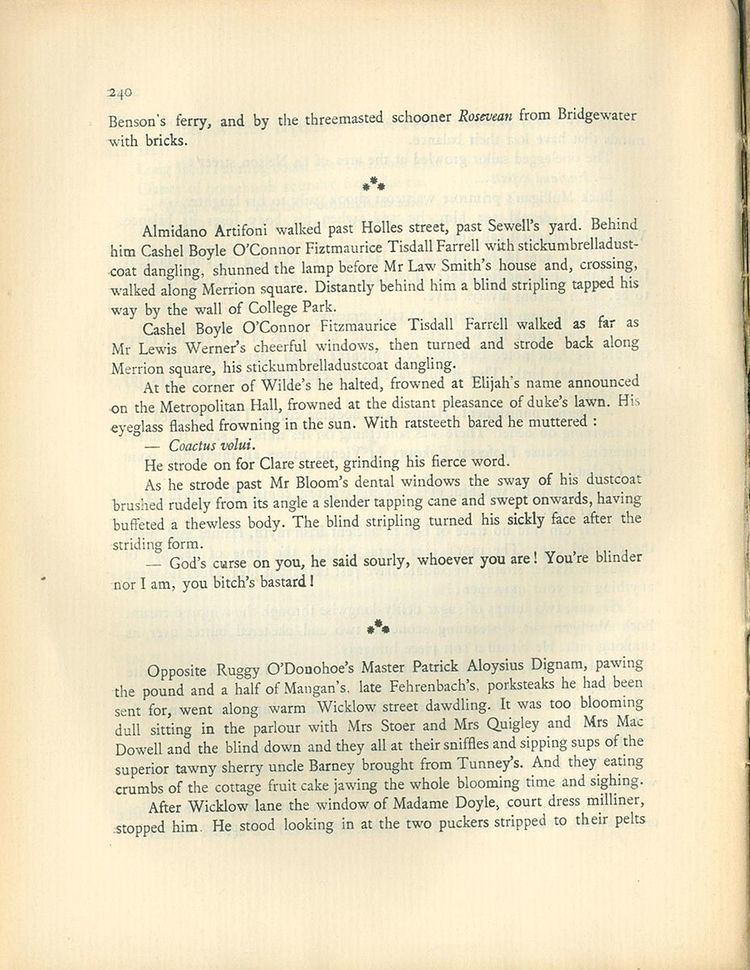asterism ⁂ | ||
 | ||
In typography, an asterism ("group of stars") is the typographic symbol consisting of three asterisks placed in a triangle: ⁂.
Now rarely used or near-obsolete its purpose is to "indicate minor breaks in text," call attention to a passage, or to separate sub-chapters in a book.
It is encoded by Unicode as character U+2042 ⁂ Asterism (HTML ⁂). Fonts that provide the Unicode character include Arial Unicode MS / Code2000 / Lucida Sans Unicode / Lucida Grande / MS (P)Mincho / Segoe UI.
Often, this symbol is replaced with three consecutive asterisks (called a dinkus), more than three asterisks, or three or more dots. Otherwise, an extra space between paragraphs is used. An asterism or its analogue may be used in conjunction with the extra space to mark a smaller subdivision than a sub-chapter.
It can also be used to mean 'untitled' or author or title withheld, for example, some editions of Album for the Young by composer Robert Schumann (no.'s 21, 26, and 30).
In meteorology, an asterism in a station model indicates moderate snowfall.
The asterisk (asteriscus) is mentioned by Isidore of Seville as 'put in place of something that has been omitted so as to call attention to the omission'.
The asterism should not be confused with the similar looking therefore sign—U+2234 ∴ therefore (HTML ∴ · ∴)—which is composed of three round dots rather than asterisks.
